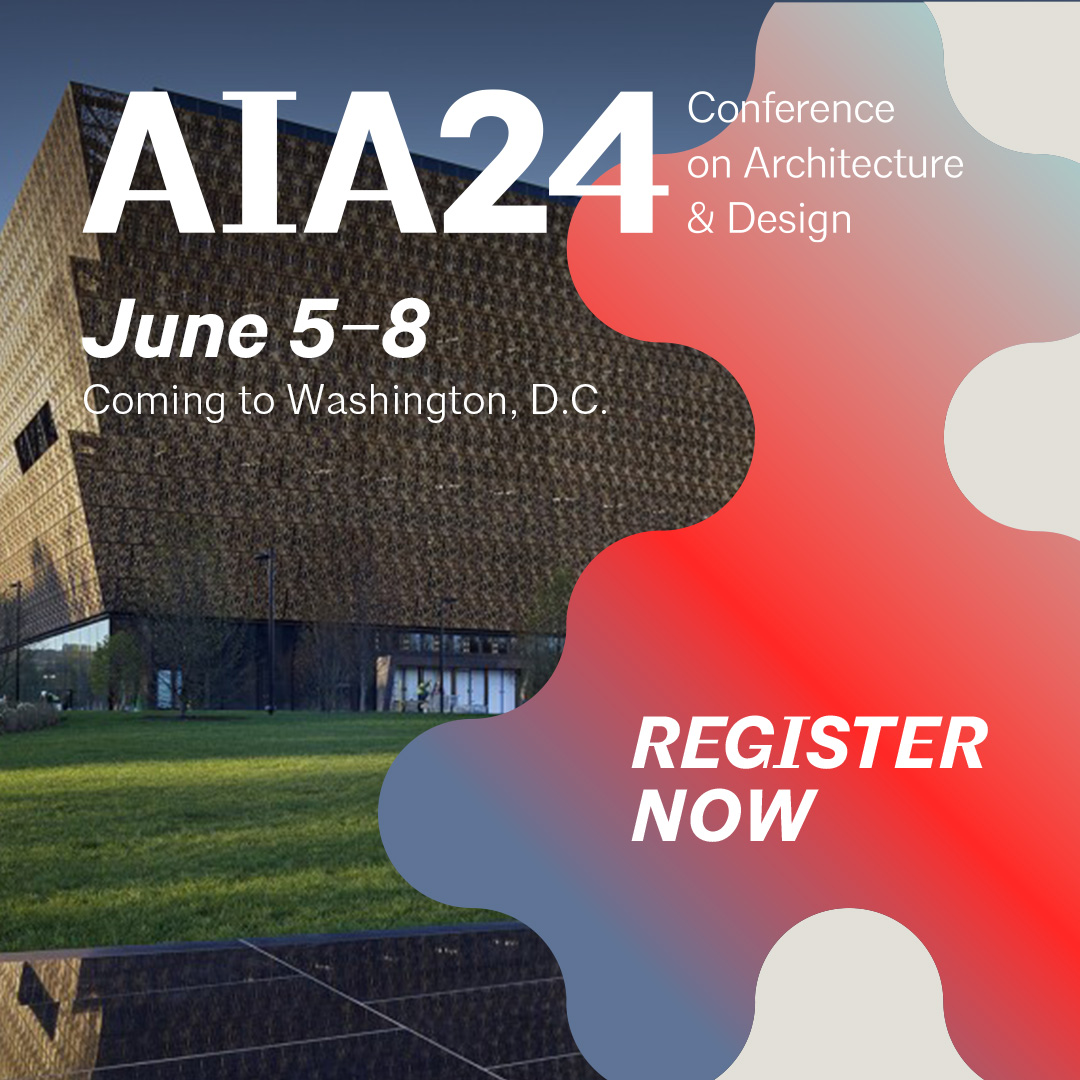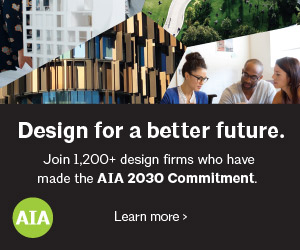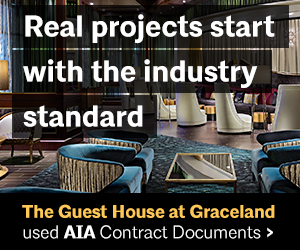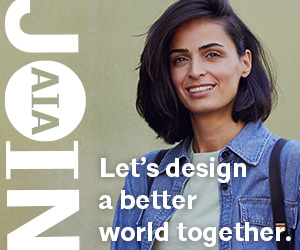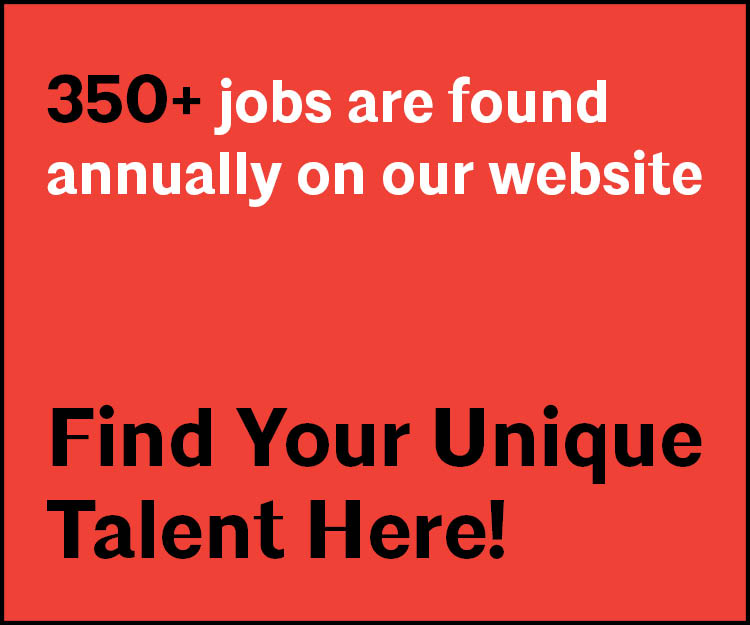I Am AIA:
Brendan Connolly AIA
ExpandBrendan Connolly, (AIA, NCARB, LEED AP BD+C), is a partner at Mithun, where he leads the design of a variety of project typologies, including education, museum and workplace environments that focus on enhancing the potential of mission-focused clients. Brendan’s work emphasizes the importance of sustainable design and the human experience of architectural and landscape space, fusing an integrated approach to design and research with a passion for building performance and reverence for place.
Why did you join AIA Seattle?
I joined AIA Seattle to be a more involved part of our larger design community, and to solidify my connection to discussions outside the walls of my firm. I have great respect for the staff and other design leaders, who have also been inspiring mentors for me throughout my career here in Seattle – their involvement with AIA Seattle was also a motivation for me.
What is the value of AIA to you?
There are many, but the greatest for me is communication and connectivity to people.
What relationships have you created?
I have been practicing in Seattle for 17 years now, and have developed a wonderful network of colleagues and friends in our design community over that time, including much time spent at and for the University of Washington. This network has had strong overlap with and through AIA Seattle, and I look forward to expanding these relationships in the future.
What project are you working on now?
I have spent much of my recent career focusing on sustainable places for education, including museums, like the Nordic Heritage museum in Ballard, to K-12 and higher education institutions both here in Seattle as well as across the west coast. I have also been working on a number of mission focused workplace environments for value-driven institutions like the Seattle Foundation. All of these projects share the commonality of values and missions that are focused on inspiring growth, learning and greater sustainability and social equity. Creating built environments for this kind of work and growth has been a great personal joy for me in my career.
How do you explain what you do for a living?
My 11 year old daughter, having attended a recent fundraiser, thinks that meetings are just people drinking wine and walking around talking to each other. I am an architect and designer, and savor every moment I can spend making and creating, but given this question, I think what I do most is facilitate communication. There is little to no architectural education around communication and human psychology, but these facets of design occupy a significant part of my day to day work. No great building or landscape can be completed without myriad conversations, both internal and external to the design team, and this is part of what I do best – to help create ideas, but more importantly to help people understand and communicate these ideas to realize a collective vision.
What inspired you today?
My children, and my family, inspire me every day. Their unyielding curiosity about life and also their shared passion for design and discovery of built space is a constant source of inspiration. I love looking through their eyes at the buildings and spaces around us.
Has your career taken you anywhere you didn’t expect?
Many places. My professional work has taught me the value of relationships, and how this relay of trusted relationships leads to new places and opportunities that are unique and varied, from a living building treehouse in West Virginia to a corporate campus in Dallas to high performing schools and museums down the street in Seattle. I have immensely enjoyed getting to know new places, new microclimates, and new cultures through my work. On a less geographic level, my career has taken me a steep leadership path that in many ways was not fully expected, but I take some pride in rising to every new challenge and opportunity – as a managing partner of a firm of over a hundred people, I now see the world of design in a very different way. It’s not just about my work and my career – I have a strong and somewhat paternal devotion to the health, the growth and the success of everyone around me, and spend much of my time on these goals rather than my own agenda.
